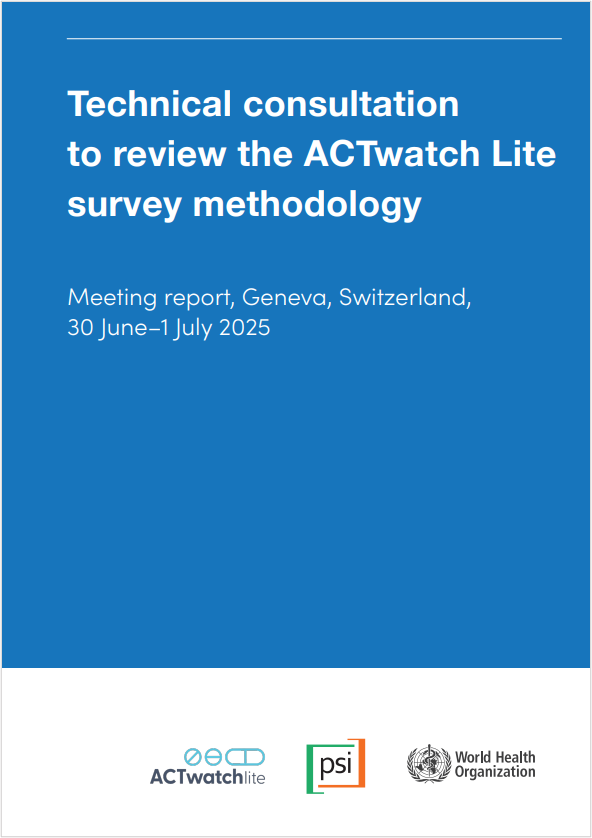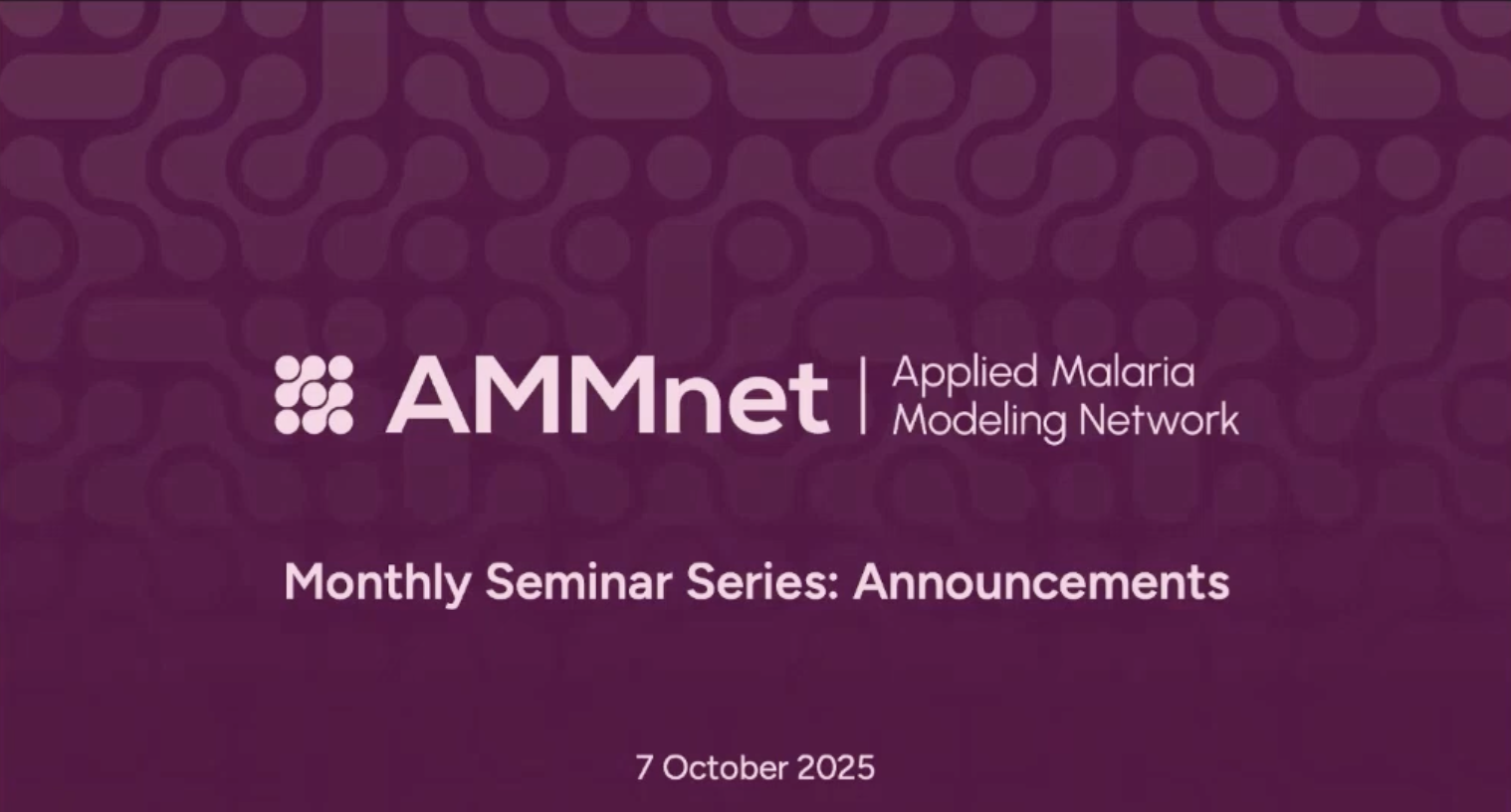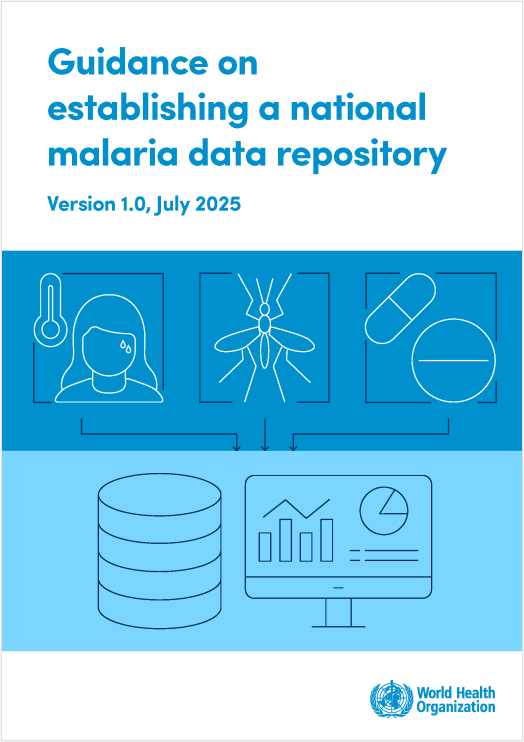Last Updated: 12/02/2025
Geographical distribution and bionomics of the vectors of Plasmodium knowlesi malaria with reference to malaria elimination in Malaysia
Objectives
Main Objective: To establish precise geographical distribution maps coupled with descriptions of behaviour and ecology of specific species of vectors of P. knowlesi in P. Malaysia.
Specific objectives:
- To investigate the presence of vectors of P. knowlesi and its bionomics in the southern, central, northern and eastern states of P. Malaysia where P. knowlesi cases and macaques coexist
- To determine the genetic diversity of the parasites found in the mosquitoes and compare it with those from the monkeys and humans
- To determine if human to human transmission can take place
- To make recommendations for studies on vector control based on our results
The Plasmodium knowlesi malaria parasite still holds many unanswered questions, such as its transmission mechanism, its complete geographic distribution; threatening the effectiveness of malaria control and elimination strategies. One important aspect is the vectors that are responsible for the transmission between humans and macaques in P. Malaysia. This missing link is vital for the control of zoonotic malaria in the near future. Vectors are particularly influenced by environmental conditions and changes [Patz et al 2000]. Climatic and land cover factors influence the spatial distribution of vectors [Norris 2004, Fornace 2016]. Remote sensing techniques provide valuable information on such environmental conditions [Beck et al 200; Hay 1997], several studies have used remote sensing imagery to map the distribution of vector species at different spatial scales [Pecoraro et al 2007; Moyes et al 2016].
Analyzing the link between the environment and potential vector distribution may help evaluate the risk of emergence of knowlesi malaria, and lead to a better understanding of the ecology of the invasive vector species. This will help in predicting future malaria cases due to zoonosis.
This project proposes to determine and quantify the spatial distribution of Anopheles populations in Peninsular Malaysia in different habitats. High spatial resolution imagery will be used to characterize the land cover and analyze the link between variables and field data on presence/absence of Anopheles vectors. All vectors obtained will be screened for P. knowlesi and other simian malaria parasites including blood meal. DNA analysis will be carried out to determine the identification of the vectors using CO1. The hotspot location of P. knowlesi cases, positive macaques and vector mosquitoes for P. Malaysia will be established using Kernel Density. The haplotype network of the malaria parasite from humans, macaques and mosquitoes will be established. This will lead to possible interventions that can be used for vector control.
Description of Methodology:
- Mosquito collection will be carried out in two states in Southern region, two in Central region and two in the east coast region. Various methods will be used for the collection of the mosquitoes. CDC light traps, BG traps, Human landing catch and monkey bait trap. The CDC back pack aspirator will also be used for the resting collection of mosquitoes. All GPS co-ordinates will be recorded.
- Morphological and Molecular Identification of the vectors: All mosquitoes collected will be identified and all the mosquitoes belonging to species complex will be subjected to molecular identification. Legs of mosquitoes will be used for molecular ID. All mosquitoes will be dissected and examined for sporozoites, oocyst and parity. All positive salivary glands and midguts will be subjected to molecular identification of the parasite.
- Molecular Identification and PCR: DNA extraction will be conducted and PCR product will be cleaned and sent for sequencing. All positive midguts and salivary glands samples will be subjected to nested PCR assay based on the small subunit ribosomal RNA genes (SSU rRNA) to determine the parasite species present using previously described PCR cycling parameters (Lee 2011; Singh 2004).
- Sequencing and analysis: the evolutionary relationship among Anopheles mosquitoes within Malaysia, as well as across the Asian region will be studied. The genealogical haplotype network for P. knowlesi, and the others will be inferred using the sequences of human and macaque isolates from other projects in this program and also other geographical locations.
- Blood meal analysis: Blood fed mosquitoes caught in light traps and by using CDC back pack aspirator will be analysed for blood meal. Vertebrate host species will be identified in the blood meals
- Human to human transmission: In order to prove if human to human transmission can occur we will obtain blood from infected patients and feed to mosquitoes in the laboratory using a hemotek feeder. The blood fed mosquitoes will be held for 12 days, after which it will be dissected and the salivary glands examined for sporozoites. Presence of sporozoites will indicate that human to human transmission can take place.
- Spatio-temporal cluster analysis: Each of the identified location/coordinate from one source will be consequently cross-checked against other sources to ensure consistency of the identified coordinates. Each coordinate will be plotted as point features, creating a new geographic information system (GIS) layer representing point locations of the mosquito. The mosquito distribution will be mapped at the district and subdistrict levels. The district/sub-district in which each case will be linked to the Peninsular Malaysia boundary map referred to as a base map.
Jan 2019 — Dec 2022
$156,062


